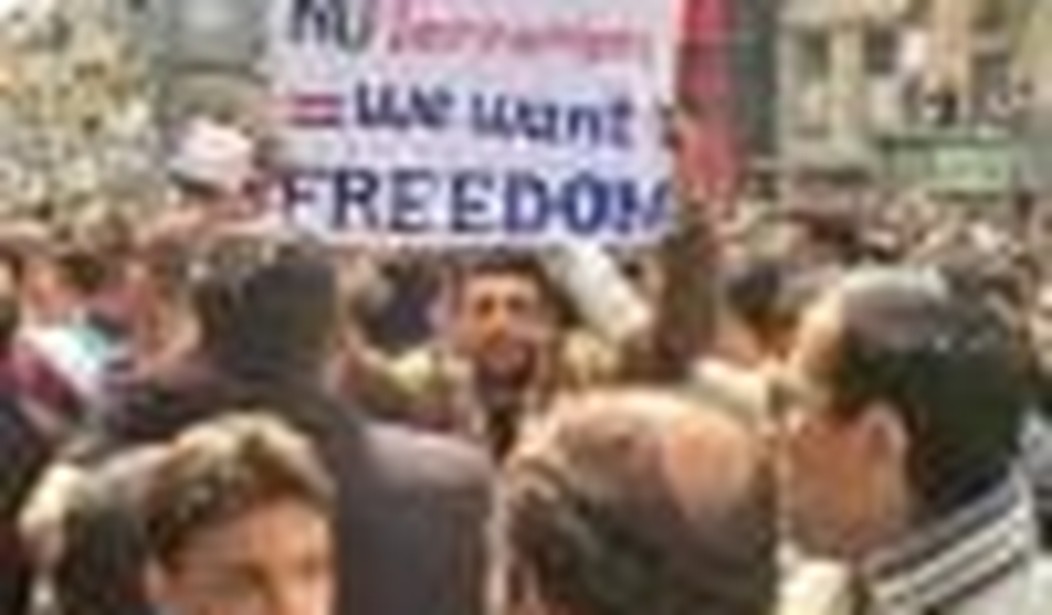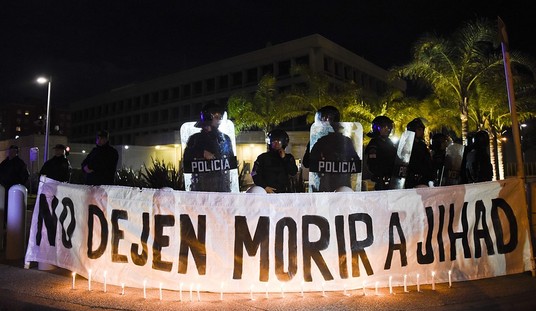The murder this month by the Assad regime’s security forces of Syrian Kurdish leader Mashaal Tammo is the latest act of unprovoked brutality by this most cruel of regimes. Tammo was killed in his own home in the northern Syrian town of Qamishly by regime gunmen. Afterwards, Syrian security forces opened fire on a crowd of 50,000 at his funeral procession. Two more Syrian Kurds were killed and many more wounded. Tammo, leader of the Kurdish Future Party, favored non-violent opposition to the Syrian regime.
The killing of Mashaal Tammo might at first glance appear to be just the latest atrocity by a regime whose hands are deeply stained with the blood of its own citizens. About 2,900 Syrians are estimated to have been killed so far as Assad fights for his political life against his own people.
Yet Tammo’s murder also contains within it a mystery. Kurds represent between 10-15% of the population of Syria. They have been perhaps the most harshly oppressed section of the population since the Arab nationalist Ba’ath Party came to power in 1963. Many Syrian Kurds have been deprived of citizenship. Others were expelled from their homes in the early days of the regime, as the Ba’athists created a belt of Arabic speaking communities along the Syrian-Turkish border.
But for all this, the Kurdish population of Syria has largely avoided direct involvement in the current uprising. This wariness derives not from any sympathy for Bashar Assad. Rather, the Kurds carried out a revolt of their own in 2004, and found that their Arab fellow citizens did not join them. On this occasion, therefore, they have preferred to wait things out. Only when the Assad regime started to look in real and imminent danger, it was assumed, would mass action by Syrian Kurds begin.
Given this, and given that the Kurdish region in north-east Syria has been one of the quietest parts of the country over the last seven months, why would the Syrian regime choose to gun down Tammo in his home, in an act that was bound to galvanize a furious response from Syrian Kurds?
Doesn’t the regime have enough trouble on its hands? Its stretched security forces are going from town to town in the Sunni Arab parts of the country, crushing an increasingly determined opposition. Armed resistance has broken out. The regime recently fought a pitched battle against fighters loyal to the opposition Free Syrian Army in the town of Rastan north of Damascus. The rebels are reported to control whole neighborhoods of the Sunni city of Homs. They are active also in the Turkish border area.
Even the hitherto staunch support of Syria’s allies is looking shaky. Russia and China united to block any possibility of sanctions against Syria in the UN Security Council. But in the same week, Russian President Dimitri Medvedev told Assad that he must either reform or step down. The formerly friendly Turkish government has also turned against the regime.
And in the midst of all this, the regime decides, of all things, to target a popular leader from a powerful community which has so far for its own reasons preferred to largely keep out of the fray. Why?
In answering this question, it is important to note that the regime denies responsibility for the murder of Mashaal Tammo. The government propaganda channel SANA reported that members of a mysterious “armed terrorist group” were responsible for the killing. Such crude propaganda seems curiously anachronistic. It is as though whoever constructed it neither expected nor particularly wanted to be believed. This impression is correct. It offers a clue as to the modus operandi of the Syrian regime.
Media accounts of the “Arab Spring” repeatedly claimed that the old methods of political repression could no longer be employed. In the new world of satellite communications, the internet, and so on, the naked violence and openly absurd propaganda of the old dictatorships would prove brittle and useless.
The Syrian regime has set out to try and disprove these claims. With a fervor worthy of a better cause, the Assad regime is trying to prove that there is life and efficacy in the old methods yet — that savage repression and killing, even apparently against the regime’s own immediate interests, will succeed. It will succeed, the regime believes, because in the end, if the sufficient measure of force is applied, the result will be a terrorized, cowed population. This has certainly worked before — notably in 1982, when the regime murdered around 20,000 people in the city of Hama, and put an end to a rising against Assad’s father, Hafez.
The regime of Bashar Assad in Syria is officially committed to Islam. The Syrian constitution requires that the state president be a Muslim. In reality, however, the only higher power that the Assad family bows down to, in whose capacity for deliverance it continues to firmly believe, is violence itself. The invocation and application of this power is its very raison d’etre. Mashaal Tammo was the latest victim to be sacrificed to its creed. The Assad regime will continue to make further sacrifices before this altar, until either its faith is confirmed by renewed quiescence, or it ceases to exist.









Join the conversation as a VIP Member